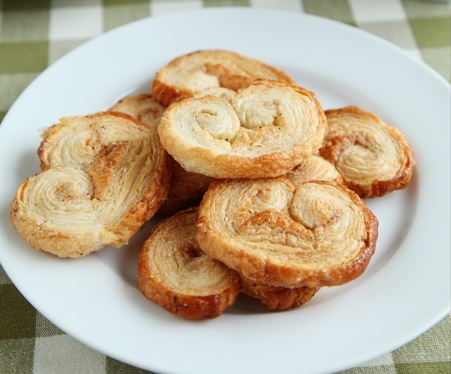Researchers have discovered an association between artificial colours in food products and the problem of hyperactivity among children.
In the event that your kid is too active and is unable to focus it may be helpful to reduce these foods that contain these colors.
Food colourings have been linked to hyperactivity
All food additives including artificial colors come with the ” E number” which means they have been through safety tests and have been permitted to be used within the EU.
According to research conducted by the Food Standards Agency, the six food colors that are most closely associated with hyperactivity among youngsters are:
- E102 (tartrazine)
- E104 (quinoline yellow)
- E110 (sunset yellow FCF)
- E122 (carmoisine)
- E124 (ponceau 4R)
- E129 (allura red)
These colours are utilized in many foods, such as sweets, soft drinks cakes, and Ice cream.
Should my child be able to avoid these food colors?
If you have a child who is highly active or has Attention deficit hyperactivity disorder (ADHD), there’s some evidence suggesting that abstaining from these food colours could assist.
However, it’s crucial to know:
- hyperactivity may have multiple reasons, such as genetics, and food colourings are likely to be just a tiny part of the cause
- Removing food colours from your child’s food will not necessarily mean a reduction in their behavior
- The connection between food colourings and hyperactivity isn’t completely certain, but more studies are needed to prove the connection.
- You don’t have to stay clear of all E numbers. There are a variety of E numbers and many do not have a connection to hyperactivity.
If you suspect that your child’s diet could be impacting their behavior it may be beneficial to keep track of what they eat as well as how their behavior changes to identify any patterns.
If you suspect a connection between food colourings and their behavior You may want to consider whether avoiding these colours can help. However, you should not make major changes to your child’s food without first seeking medical advice.
How can you stay clear of these food colors?
You can steer clear of these colours in food by reading the label on your food and looking for products that do not contain them.
All artificial food colors must be listed in the ingredients list with their E-number or their full name.
In the event that any of these six food colors listed in this article are used on the label, it must include a warning that the color “may have an adverse effect on activity and attention in children”.
If you purchase drinks or food products that do not come in packaging You’ll have to ask the seller or the manufacturer selling the item if the product contains artificial colors.




